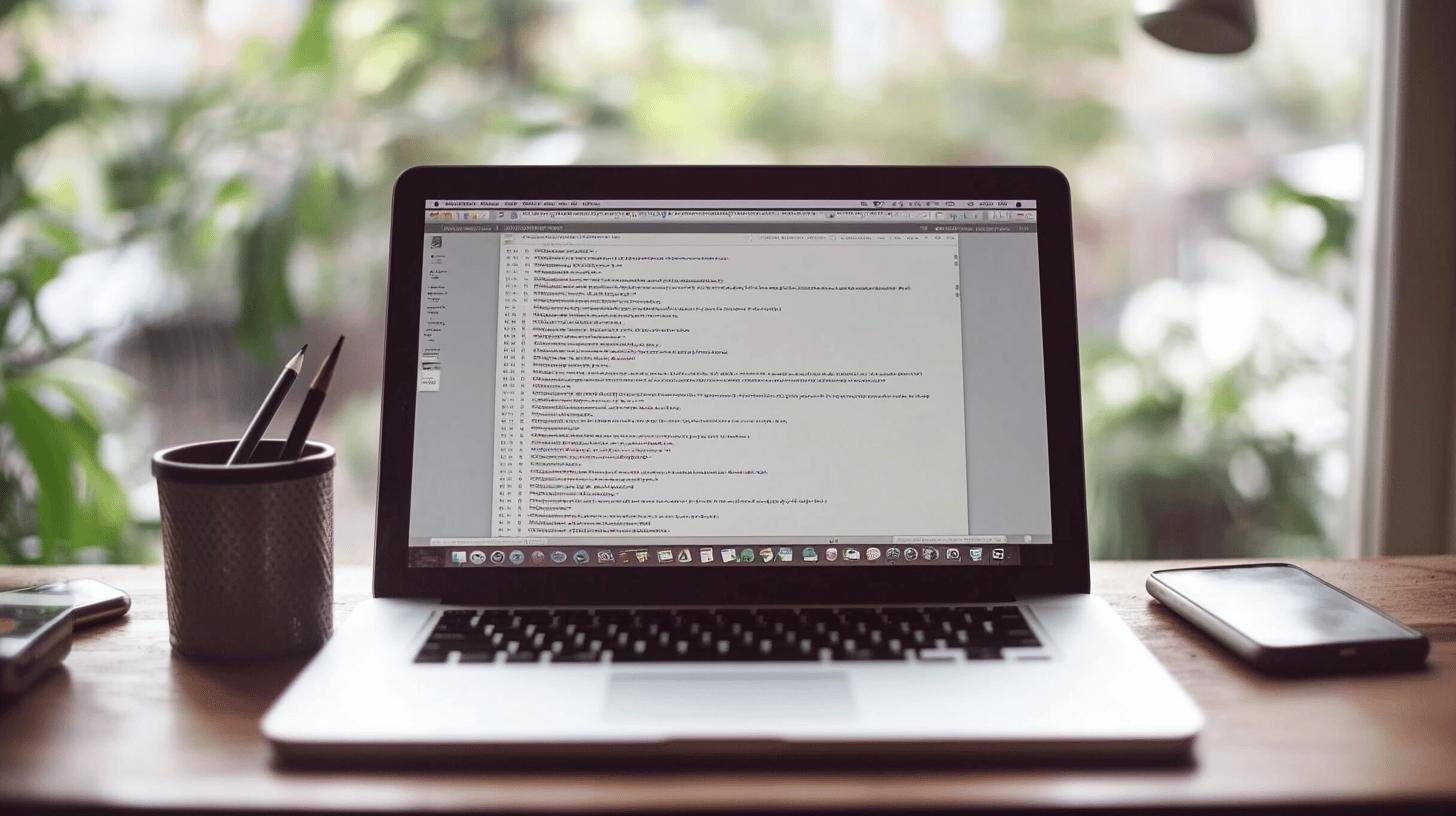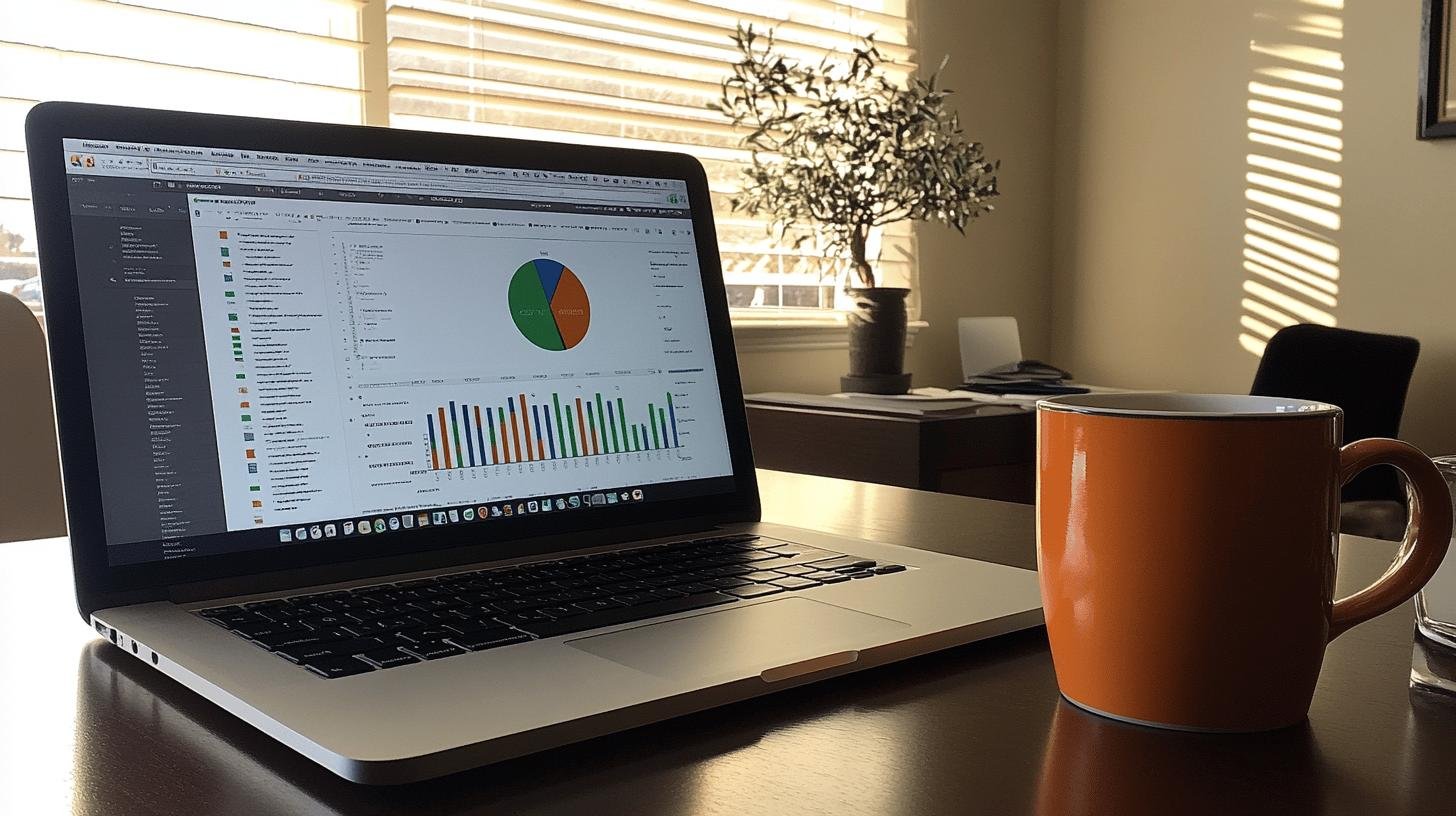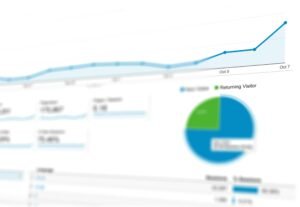Ever felt like your website’s been playing hide and seek with Google? That’s the kind of chaos a canonical issue can create! When multiple URLs serve up similar content, it’s like giving search engines a riddle they just can’t solve. This can seriously mess with your SEO efficiency by splitting up your page authority and nudging your rankings down. But don’t fret—I’m here to help you fix this digital dilemma. You’ll learn the basics, how to spot these gremlins in your site, and the steps you need to squash them for better SEO. Let’s untangle this mystery mess together!
How to Fix Canonical Issues for Better SEO
Fixing canonical issues is like tidying up a room—it’s about organizing so search engines know where to look. Start by understanding that canonical tags act as signposts, directing search engines to the main version of a page. When multiple URLs have the same or similar content, these tags help decide which one should be prioritized. This is crucial because confusion can split your page authority, hurting your SEO.
So, how do you tackle these issues? Here’s a handy guide:
- Conduct a Site Audit: Use tools like Google Search Console or Screaming Frog to identify pages with potential canonical issues. This gives you a clear picture of which URLs might be causing trouble.
- Implement Canonical Tags: Once you’ve identified the problem pages, add canonical tags in the HTML
<head>section of each page. This tells search engines which URL is the “official” one. - Use 301 Redirects: If duplicate pages are unnecessary, use 301 redirects to guide users and search engines to the right page. It’s like putting up a “this way” sign.
- Set Preferred Domains: Decide whether you want your site to appear as “www” or “non-www” and stick with it. Consistency helps search engines know which version to index.
- Handle URL Parameters: Parameters can cause duplicate content. Use canonical tags or set parameter handling in Google Search Console to avoid mix-ups.
- Monitor and Test: After implementing these changes, keep an eye on things. Regular checks ensure no new issues pop up and everything runs smoothly.
By keeping canonical issues in check, you’ll maintain your SEO health and ensure your pages are indexed just the way you want.
Identifying Canonical Issues on Your Website

Spotting canonical issues before they become a problem is like nipping a weed in the bud. Early detection saves you many SEO headaches. So how do we find these pesky issues? Several handy tools can help. They scan your site and flag duplicate or conflicting content that could confuse search engines.
Google Search Console highlights duplicate content and identifies indexing errors. Screaming Frog crawls your site to detect multiple page versions and canonical tag issues. SEMrush offers detailed analysis of duplicate content and uncovers potential SEO conflicts.
With data from these tools, play detective. Look for search engines indexing more than one version of a page. This can happen if similar content exists under different URLs. You might also notice keyword cannibalization, where multiple pages compete for the same keyword, harming your SEO. Stay on top of these issues to keep your site healthy and search-engine-friendly
Steps to Fix Canonical Issues Effectively
Fixing canonical issues in SEO is like finding the missing piece of a puzzle. When different URLs show the same content, search engines might get confused about which one to rank. That’s where canonical tags come in. They send a “Hey, this is the one!” message to search engines, ensuring they focus on the right page. Ignoring these issues can lead to keyword cannibalization, where multiple pages fight for the same keyword, lowering your SEO efficiency. Let’s dive in and learn how to fix these issues step by step.
- Conduct a Site Audit: Start by using tools like Google Search Console or Screaming Frog to scan your site for pages with potential canonical issues. This gives you a clear idea of which URLs might be causing trouble.
- Implement Canonical Tags: Once you’ve identified the problem pages, add canonical tags in the HTML
<head>section of each page. This tells search engines which URL is the “official” one. - Use 301 Redirects: For duplicate pages that aren’t needed, set up 301 redirects to guide both users and search engines to the correct page. It’s like putting up a “this way” sign.
- Set Preferred Domains: Decide whether you want your site to appear as “www” or “non-www” and stick with it. Consistency helps search engines know which version to index.
- Handle URL Parameters: Parameters can cause duplicate content. Use canonical tags or set parameter handling in Google Search Console to avoid mix-ups.
- Monitor and Test: After making these changes, keep an eye on things. Regular checks ensure no new issues pop up and everything runs smoothly.
To keep your SEO in tip-top shape, it’s crucial to monitor and test your website regularly. New canonical issues can sneak in, especially after updates or changes. By staying proactive, you’ll catch these issues early and maintain a strong SEO presence. Regular monitoring is like a health checkup for your site, ensuring everything’s working as it should.
Best Practices for Implementing Canonical Tags

Canonical tags are the unsung heroes of SEO. They help search engines figure out which webpage version should be prioritized when duplicate content exists. Imagine having several pages with similar content, like different colors of the same product. Without canonical tags, these pages might compete, confusing search engines and hurting your rankings. Canonical tags act as a nudge, saying, “Hey, Google, this is the page you should focus on!” By directing search engines to the main version, you consolidate your SEO efforts and prevent your page authority from being diluted across multiple URLs.
- Use Absolute URLs: Always specify the full URL in your canonical tag. It leaves no room for confusion about which page is the main one.
- Ensure Consistency: Make sure your canonical tags are consistent across similar pages. This prevents mixed signals for search engines.
- Avoid Chaining Canonical Tags: Directly point canonical tags to the preferred page, not through a series of redirects. It keeps things simple and clear.
- Self-Referencing Canonical Tags: If a page is the original, let it reference itself. This practice confirms its authenticity to search engines.
By sticking to these best practices, you avoid common pitfalls and SEO complications, like keyword cannibalization and duplicate content issues. It’s like following a reliable recipe to keep your site healthy and search-friendly. Correctly implementing Canonical tags can save you plenty of SEO headaches.
Tools and Plugins for Managing Canonical Issues
Using plugins to manage canonical issues can make life easier, especially for WordPress sites. These handy tools take the guesswork out of setting up canonical tags, ensuring your SEO stays on point without deep dives into code. Plus, they often have user-friendly interfaces, simplifying SEO settings configuration and canonical tags validation. It’s like having a digital assistant for SEO while you focus on the bigger picture.
- Rank Math: This plugin is a powerhouse for managing SEO, including setting self-referencing canonical tags and dealing with paginated archives gracefully.
- Yoast SEO: A well-known SEO plugin that simplifies canonical tag management, ensuring your pages are indexed correctly without duplicate content issues.
- All in One SEO Pack: Offers comprehensive SEO solutions, including easy canonical tag configuration and validation, helping you maintain a clean and efficient site structure.
Each plugin offers functionalities to tackle canonical issues effectively. Rank Math helps set canonical tags, providing noindexing options for paginated pages and reducing search clutter. Yoast SEO guides you through SEO best practices, alerting to potential duplicate content problems. Meanwhile, All in One SEO Pack lets you validate canonical tags, ensuring correct setup. With these tools in your SEO toolkit, managing canonical issues becomes streamlined and efficient.
Monitoring and Maintaining Canonical Tag Effectiveness

Monitoring your canonical tags is like regular check-ups for your website’s SEO health. Without proper oversight, these tags could misbehave, disrupting your search engine indexing and causing rank drops. Regular audits and checks help spot SEO errors and ensure smooth operations. It’s like catching a leaky faucet before it floods the bathroom! Make these audits routine, using tools like Google Search Console to understand search engine views of your site and catch new issues.
A technical SEO audit should be conducted monthly. Canonical tag validation is recommended quarterly. Search engine indexing reviews should be done biweekly.
By sticking to a consistent monitoring schedule, you’re not just putting out fires—you’re preventing them. Regular maintenance ensures canonical tags work as intended, keeping your site on search engines’ good side. This maintains strong SEO performance and avoids pitfalls of duplicate content or misdirected authority. It’s a surefire way to ensure your site’s long-term success in the evolving SEO world.
Conclusion
Tackling canonical issues is key to keeping our SEO game strong. We’ve dived deep into understanding what canonical issues are and why they matter for search rankings. We’ve also explored how to spot these hiccups using handy tools.
Remember, fixing them means setting proper tags and using redirects wisely. Keeping an eye on these tags helps ensure everything stays on track.
With these tools and practices, managing canonical issues becomes far less daunting. Now it’s your turn to try these steps and watch your SEO improve!
FAQ
How do you fix canonical issues?
You fix canonical issues by setting canonical tags to declare your preferred URL and using 301 redirects. This helps ensure search engines index the right version, avoiding duplicate content problems.
How do fix canonical issues in WordPress?
In WordPress, use plugins like Rank Math to manage canonical tags easily. These plugins allow you to set self-referencing canonical URLs, helping you maintain SEO integrity without extra coding.
What is a canonical problem?
A canonical problem happens when multiple URLs show similar content. This confuses search engines, splitting your page authority and potentially harming your SEO ranking.
How to solve canonical?
Solve Canonical problems by carrying out a site audit, setting proper Canonical tags, and using 301 redirects. This streamlines the content that search engines should prioritize.
How do I fix canonical points to redirect?
To fix a canonical that points to a redirect, update the canonical tag to point directly to the preferred page. This ensures search engines follow the right path without unnecessary redirects.




